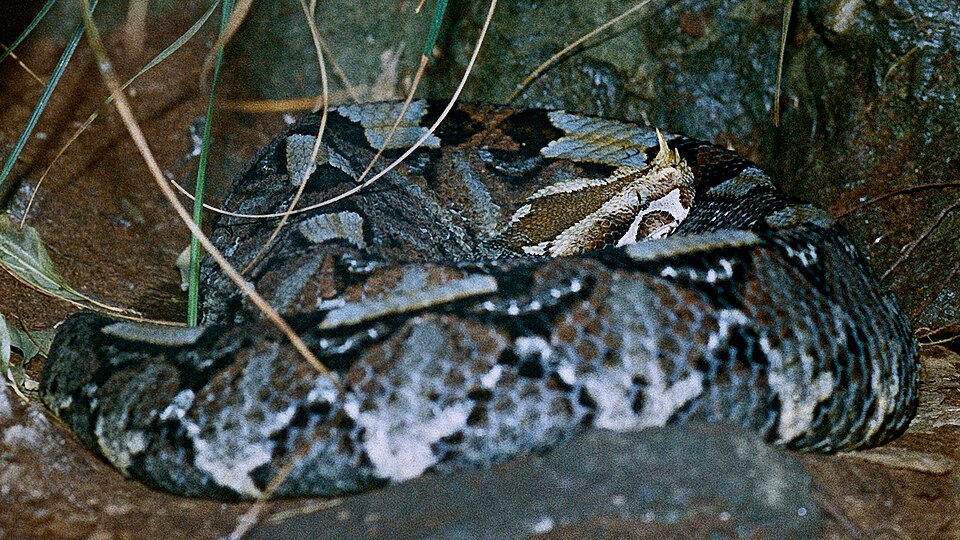In the dense undergrowth of Southeast Asian forests exists one of nature’s most remarkable mimics – a snake that has perfected the art of disappearing in plain sight. The Vietnamese long-nosed snake (Rhynchophis boulengeri) exhibits an extraordinary ability to disguise itself as a harmless stick insect when remaining motionless. This specialized form of mimicry represents one of evolution’s most sophisticated adaptations, blurring the line between predator and prey through visual deception. Unlike most snakes that rely on patterns for camouflage, this species has developed a body shape and posture that transforms it into what appears to be nothing more than a twig or branch. The adaptation is so convincing that even experienced herpetologists can walk past these serpents without noticing them, making them a fascinating subject for scientists studying evolutionary adaptations and predator-prey dynamics.
The Identity of the Remarkable Mimic
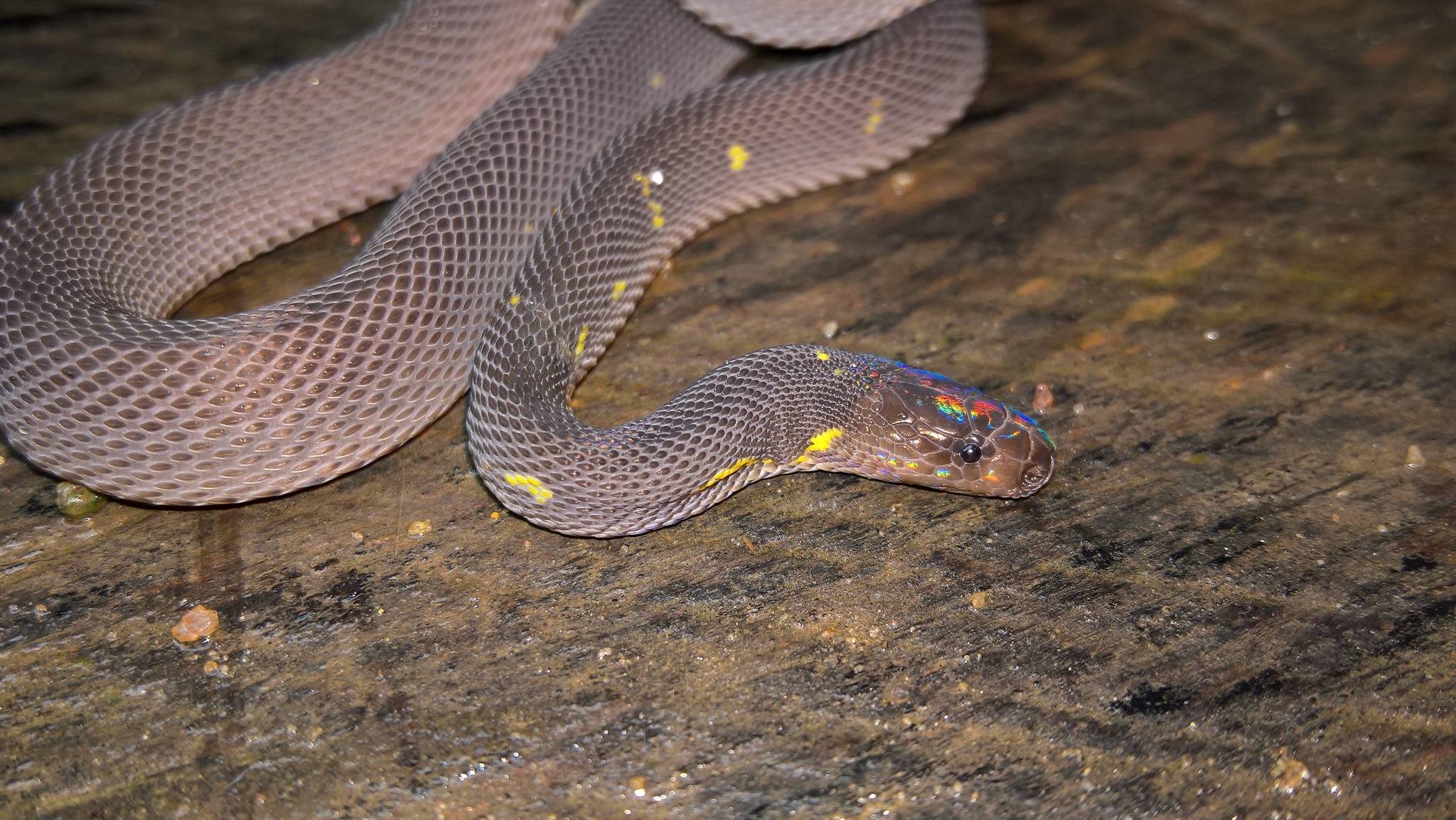
The Vietnamese long-nosed snake (Rhynchophis boulengeri), also known as the rhinoceros snake or green long-nosed snake, belongs to the Colubridae family, the largest family of snakes. This slender arboreal species is native to the forests of northern Vietnam and southern China, where it navigates the complex network of branches and foliage with exceptional agility. Growing to approximately 3-4 feet in length, its most distinctive feature is the elongated, pointed snout that extends well beyond its mouth, forming a flexible proboscis that enhances its stick-like appearance. The snake’s body is predominantly bright green, allowing it to blend seamlessly with the leafy vegetation while simultaneously mimicking the form of stick insects common to its habitat. Despite being relatively unknown to the general public, this species has garnered significant attention within herpetological circles for its remarkable mimicry abilities.
The Mechanics of Stick Insect Mimicry
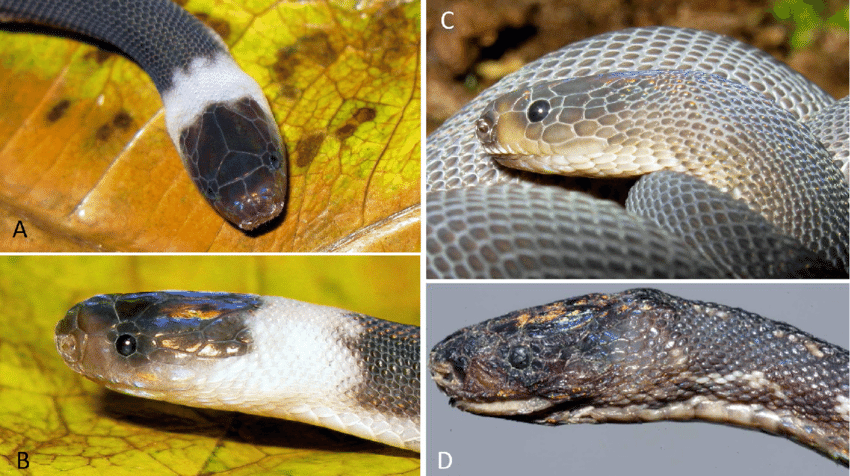
When adopting its stick insect disguise, the Vietnamese long-nosed snake employs several specific physical adaptations and behaviors that create a convincing illusion. The snake extends its body in a perfectly straight line along branches or stems, often positioning itself at angles that real snakes would typically avoid but that are common for stick insects. Its pointed snout mimics the head of a stick insect, while its slender body, held rigidly, resembles the straight thorax and abdomen. The snake will often remain completely motionless for hours, sometimes even allowing itself to sway slightly with the breeze in the same manner as its insect counterpart. Perhaps most remarkably, the snake can flatten portions of its body against branches while extending other sections outward at odd angles, mimicking the jointed legs of a stick insect resting on vegetation. This comprehensive mimicry extends beyond mere appearance to include behavioral aspects that complete the deception.
Evolutionary Development of This Adaptation
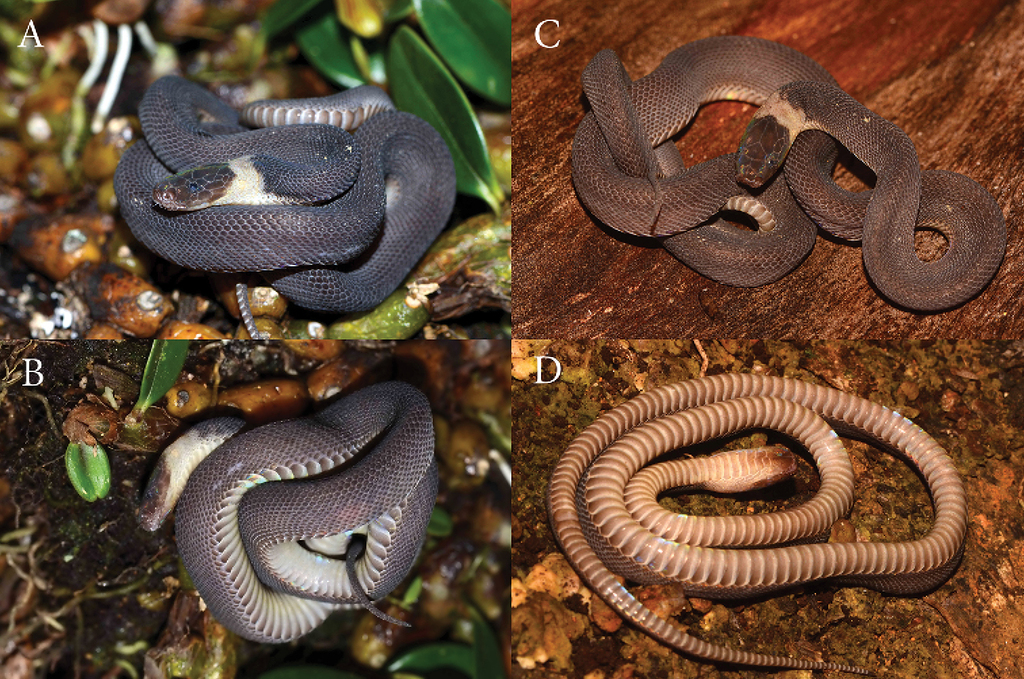
The evolution of stick insect mimicry in Rhynchophis boulengeri represents a fascinating case of convergent evolution, where a vertebrate predator has developed traits that mimic an invertebrate species. Scientists believe this adaptation likely evolved over millions of years through natural selection, where snakes with physical characteristics and behaviors that more closely resembled stick insects gained survival advantages by avoiding detection from both predators and prey. The elongated snout, which serves little functional purpose in feeding or other activities, demonstrates how powerful selection pressure for camouflage can drive the development of seemingly specialized anatomical features. Genetic studies suggest that the traits responsible for this mimicry are polygenic, meaning multiple genes contribute to the overall appearance and behavior. Interestingly, juvenile specimens already display the distinctive nasal appendage and mimicry behaviors, indicating these traits are innate rather than learned, further confirming their deep evolutionary roots.
Comparing Snake and Stick Insect Morphology
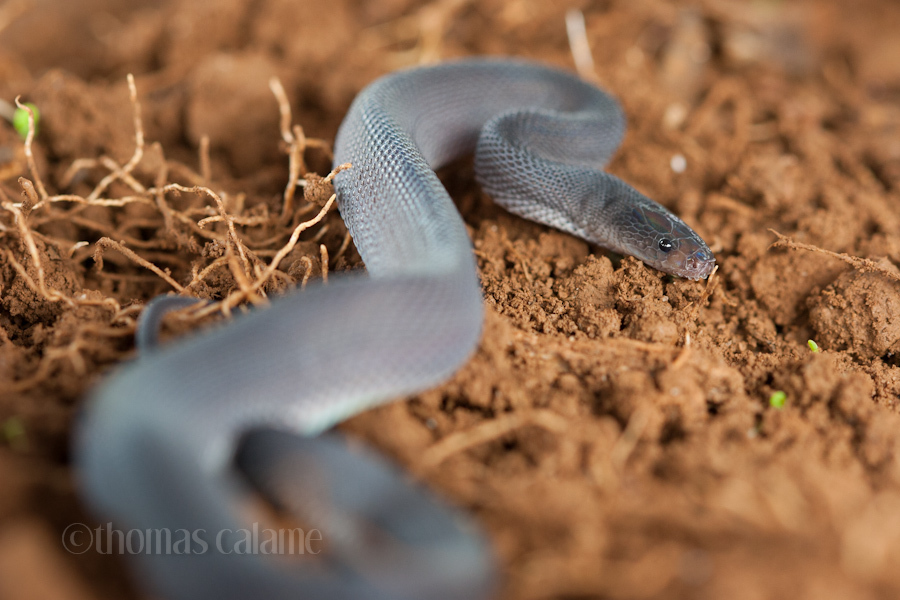
When examining the Vietnamese long-nosed snake alongside actual stick insects, the morphological parallels become strikingly apparent despite their vastly different evolutionary lineages. Both the snake and its insect model feature elongated, cylindrical bodies with brownish-green coloration that matches the vegetation in their shared habitat. The snake’s pointed nasal projection convincingly mimics the head of a stick insect, while its slender body creates the illusion of an insect thorax and abdomen. While the snake lacks the jointed legs characteristic of stick insects, it compensates by positioning its body at angular intervals along branches, creating visual breaks that suggest segmentation where none exists. The texture of the snake’s scales, which are smoother and more matte than many other snake species, also contributes to the deception by reducing reflectivity and creating a more insect-like appearance. These similarities demonstrate how selection pressure can drive morphological convergence across entirely different animal classes when the survival advantage is significant.
Benefits of Mimicking a Stick Insect
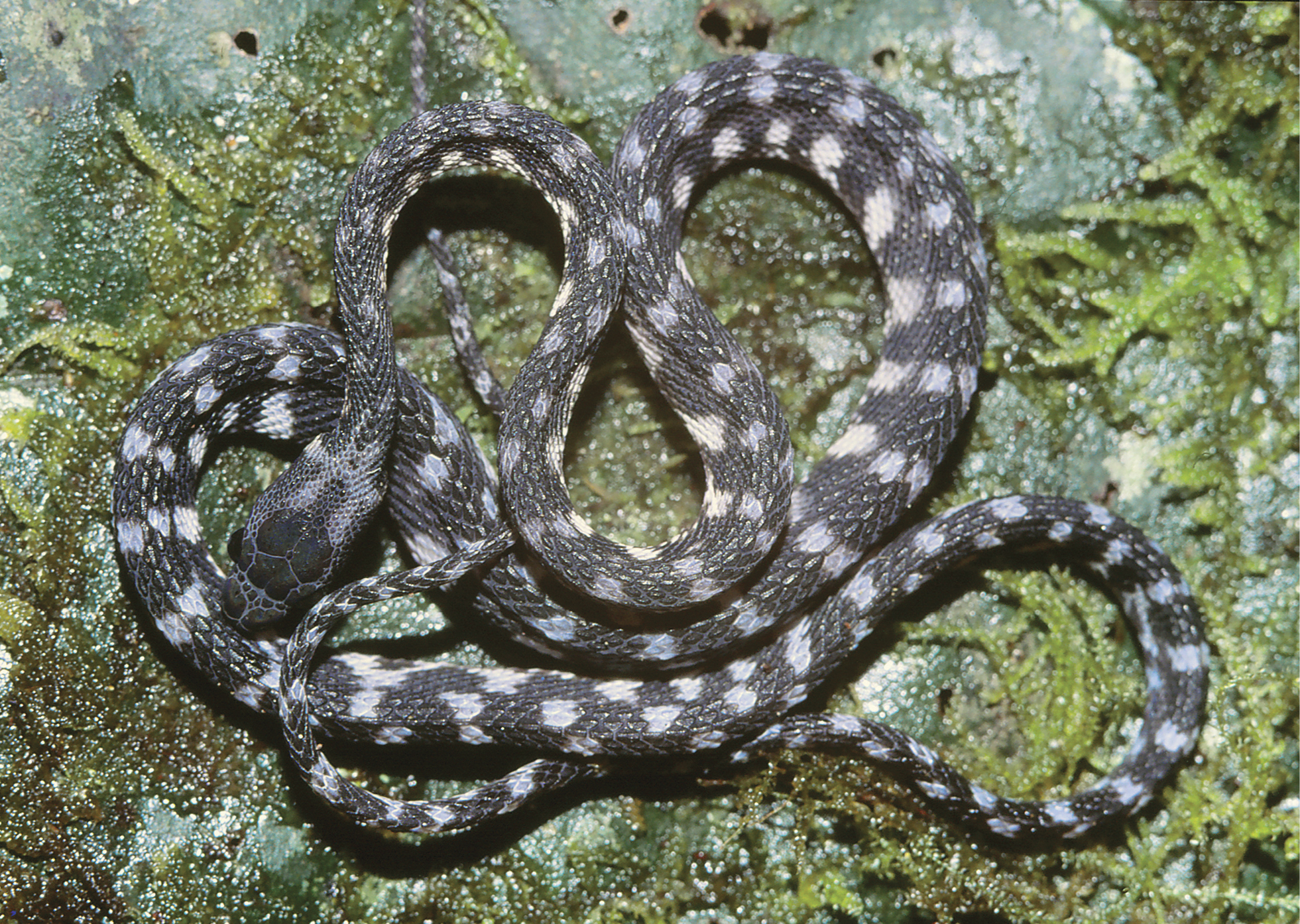
The Vietnamese long-nosed snake derives several crucial survival advantages from its stick insect mimicry. Primary among these benefits is protection from predators, particularly birds of prey and larger mammals that would typically target snakes but might ignore what appears to be a harmless stick insect. This defensive mimicry allows the snake to remain exposed on branches during daylight hours when it would otherwise be vulnerable. Additionally, the disguise serves an aggressive function during hunting, enabling the snake to position itself along branches frequently traversed by small lizards and frogs without triggering their escape responses. The mimicry effectively places the snake in a perceptual blind spot for both predators and prey, as neither recognizes the potential threat or meal disguised before them. Research has documented significantly higher survival rates for individuals with more convincing stick-like appearances and behaviors, demonstrating the tangible fitness benefits this specialized adaptation provides in the competitive forest ecosystem.
Hunting Behavior While Disguised
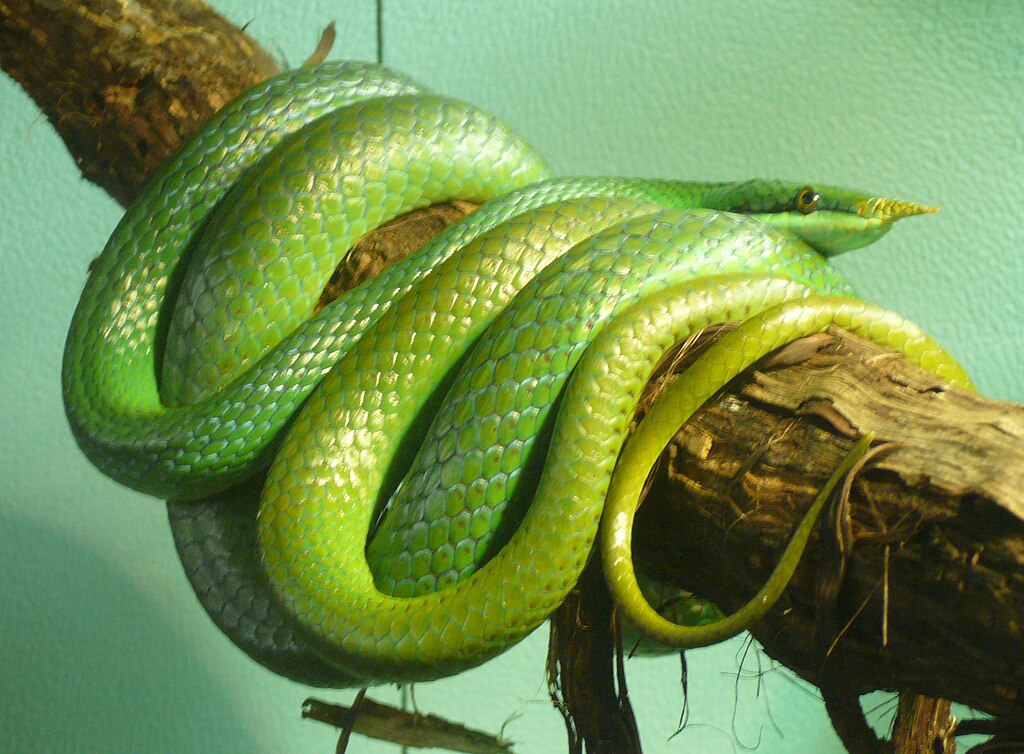
The Vietnamese long-nosed snake employs its stick insect disguise not only for protection but as a sophisticated hunting strategy that requires remarkable patience. After assuming its stick-like posture on a strategic branch or stem, the snake may remain completely motionless for hours, waiting for unsuspecting prey to approach within striking distance. Unlike many other ambush predators that rely on camouflage matching their background, this species depends on being misidentified as a harmless object rather than being unseen. When suitable prey—typically small lizards, frogs, or even birds—moves within range, the snake can transition with astonishing speed from absolute stillness to a precise strike. The transformation from apparent stick to active predator occurs in a fraction of a second, with the snake’s head launching forward while its body remains anchored to maintain its position. After securing prey with its rear-facing teeth, the snake returns to its stick-like pose, sometimes continuing to feed while maintaining the disguise, an unusual behavior that further reduces its vulnerability during the critical feeding period.
Scientific Research and Discoveries
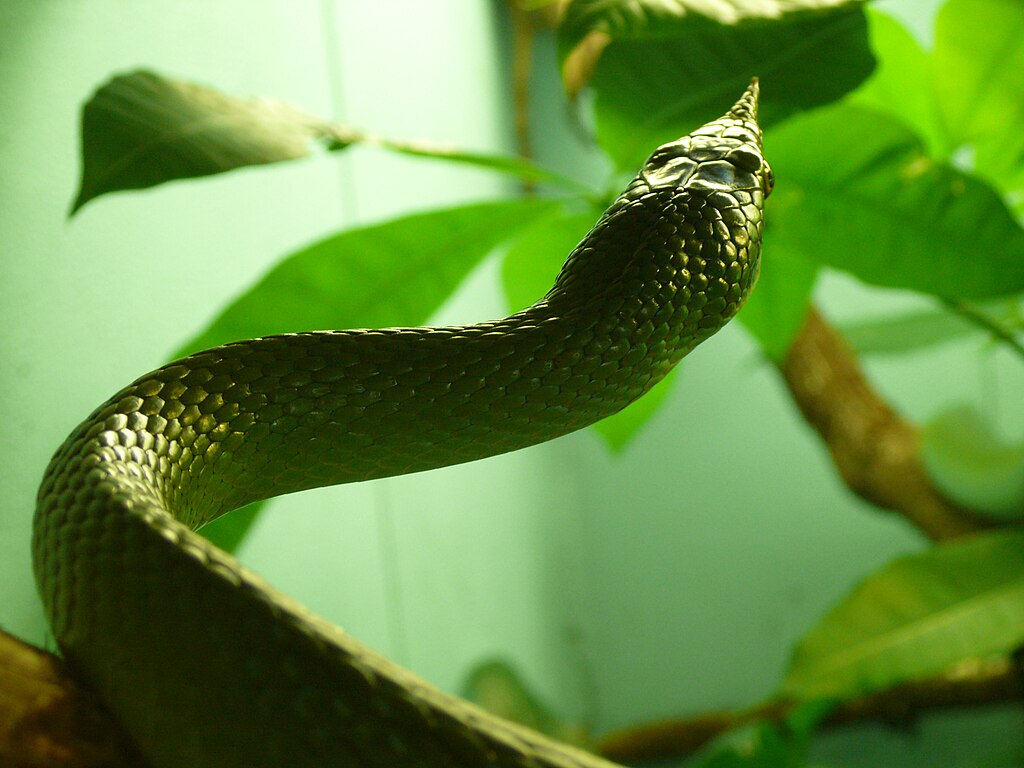
Scientific investigation into the Vietnamese long-nosed snake’s mimicry has accelerated in recent decades, yielding fascinating insights into this evolutionary phenomenon. Behavioral studies using high-speed videography have documented the precise muscular control that allows the snake to maintain unnatural positions for extended periods without visible fatigue. Neurological research has identified specialized proprioceptive adaptations that enable the snake to maintain awareness of its body position while remaining motionless, a crucial capability for both hunting and mimicry. One particularly groundbreaking study published in the Journal of Experimental Biology demonstrated that the snake can selectively control blood flow to different muscle groups, allowing it to maintain rigid postures without oxygen deprivation to tissues. Additionally, field research using standardized predation models has quantified the survival advantage conferred by the mimicry, showing that realistic models of the snake in stick-insect poses experienced 73% fewer predation attempts than control models in typical snake positions. These scientific findings continue to expand our understanding of the complex interplay between morphological and behavioral adaptations in this remarkable species.
Other Snakes With Unusual Mimicry
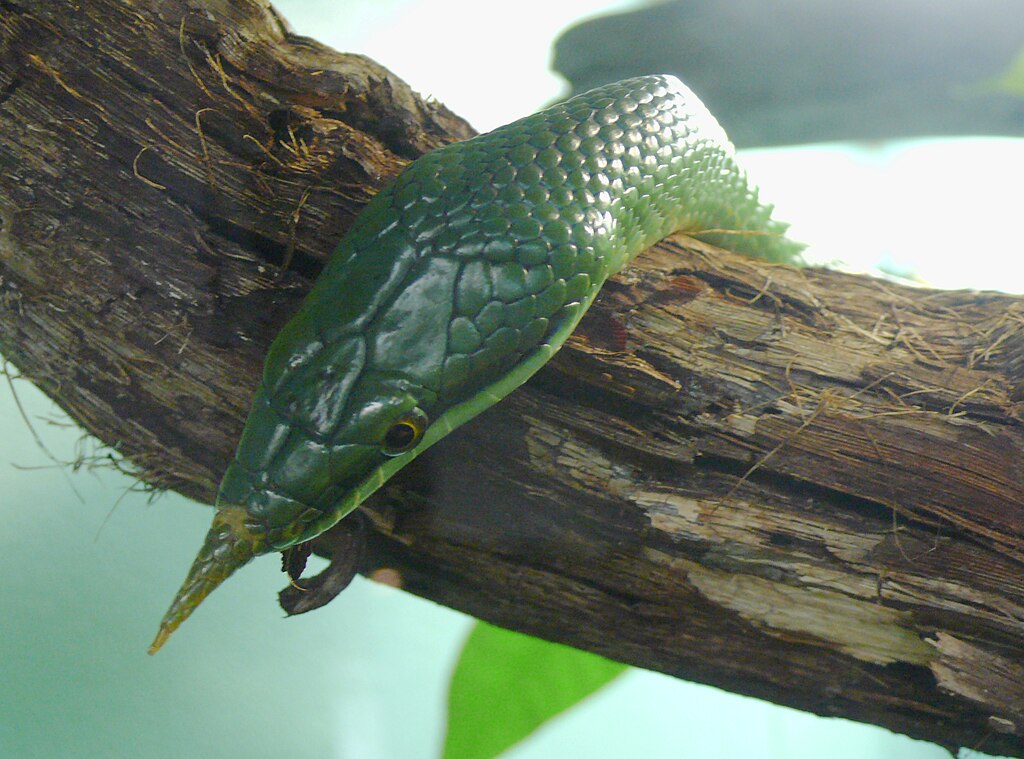
While the Vietnamese long-nosed snake’s stick insect mimicry is particularly specialized, several other snake species have evolved remarkable mimicry adaptations. The vine snake (Ahaetulla spp.) of Southeast Asia has a similar elongated snout and can mimic vines and thin branches, though it lacks the jointed appearance of the stick insect mimic. In the Americas, the bird-dropping pit viper (Bothriechis schlegelii) can create a convincing imitation of bird excrement by coiling its body and exposing its mottled dorsal patterns. The Asian mock viper (Psammodynastes pulverulentus) has facial features and behaviors that mimic true vipers despite being a relatively harmless colubrid, demonstrating a form of Batesian mimicry where a harmless species mimics a dangerous one. Perhaps most similar to the Vietnamese long-nosed snake’s strategy is the twig snake (Thelotornis kirtlandii) of Africa, which can extend its body to mimic broken branches, though it lacks the specialized nasal adaptation. These diverse examples highlight how mimicry has independently evolved multiple times across the snake family tree in response to similar selective pressures in different environments.
Habitat and Distribution

The Vietnamese long-nosed snake inhabits a relatively restricted geographical range, primarily found in the montane forests of northern Vietnam and adjacent regions of southern China, particularly in Yunnan Province. These areas are characterized by subtropical broadleaf forests with dense understory vegetation at elevations typically between 800-1,500 meters above sea level. The snake shows a strong preference for forests with abundant bamboo, where the straight stems and branches provide ideal perches for its stick-like posture. Recent ecological surveys have documented populations in the Hoang Lien Son mountain range and surrounding areas, though habitat fragmentation threatens many subpopulations. The species demonstrates a notable microhabitat specificity, favoring the middle forest strata where light penetration creates dappled conditions that enhance its camouflage effectiveness. Interestingly, the distribution of the snake closely overlaps with several species of large phasmids (stick insects), supporting the co-evolutionary relationship between the mimic and its model. Conservation assessments suggest the species’ range may be contracting due to deforestation and agricultural expansion in the region.
Conservation Status and Threats
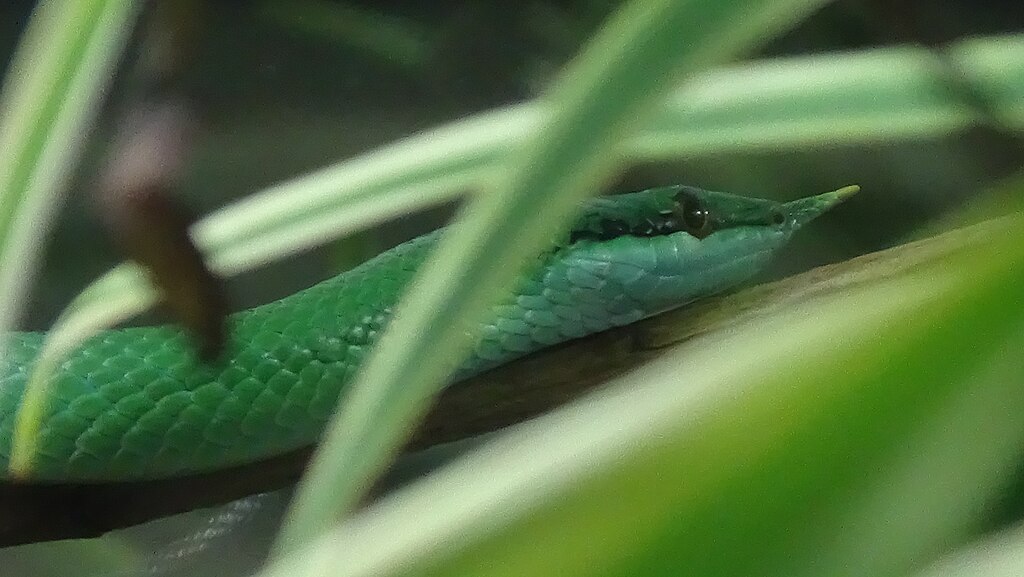
The Vietnamese long-nosed snake is currently classified as Near Threatened on the IUCN Red List, with populations facing multiple anthropogenic pressures. Primary among these threats is habitat loss, as the subtropical forests of Vietnam and southern China continue to experience some of the highest deforestation rates in Asia due to agricultural expansion, logging, and infrastructure development. The species’ specialized habitat requirements and relatively low population density make it particularly vulnerable to forest fragmentation. Additionally, the snake faces pressure from collection for the international exotic pet trade, where its unusual appearance commands high prices despite legal protections. Climate change represents an emerging threat, as shifts in temperature and precipitation patterns alter the complex forest ecosystems upon which the snake depends. Particularly concerning is evidence that warming temperatures may disrupt the synchrony between the snake’s breeding cycles and prey availability, potentially creating phenological mismatches. Conservation efforts have been hampered by limited research on population dynamics and the species’ specific ecological requirements, though several protected areas within its range offer some habitat security.
Captive Care Considerations
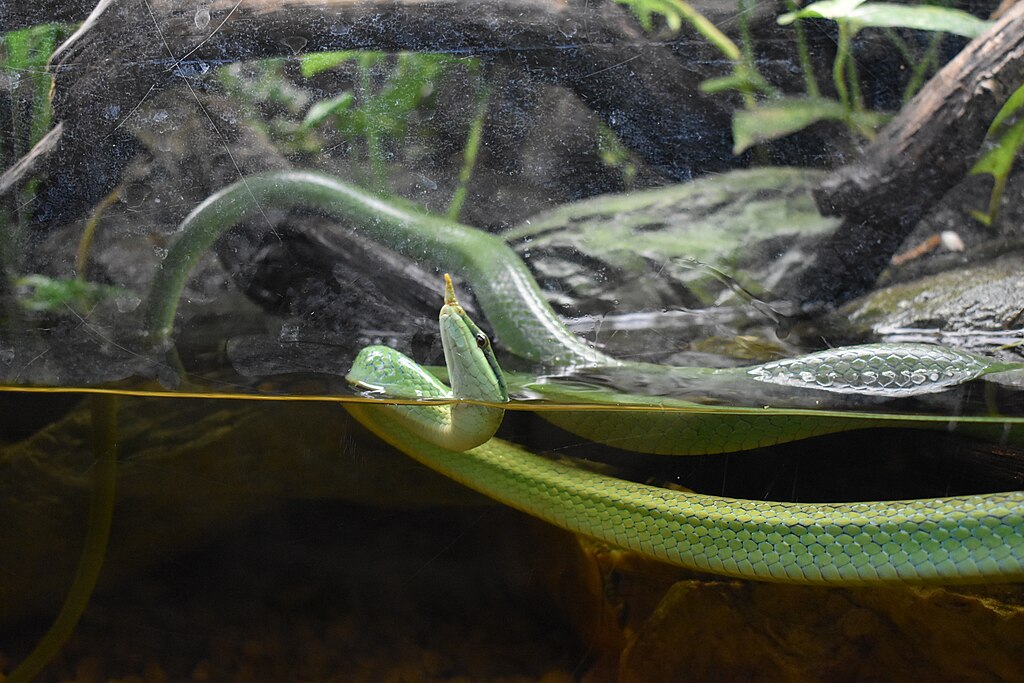
Maintaining Vietnamese long-nosed snakes in captivity presents significant challenges that require specialized knowledge and dedicated facilities. These arboreal specialists demand tall, densely planted terrariums that replicate their forest habitat, with multiple slender branches positioned at various angles to support their unique posturing behaviors. Temperature and humidity must be carefully regulated to mirror the subtropical conditions of their native range, typically maintaining daytime temperatures of 75-82°F (24-28°C) with a nighttime drop of several degrees, and humidity levels consistently between 70-85%. Their diet typically consists of small lizards, particularly anoles and geckos, though some individuals can be conditioned to accept small rodents with persistent effort. Perhaps most challenging is addressing their stress sensitivity; these snakes often refuse food when disturbed and can develop serious health issues if their mimicry behaviors are repeatedly interrupted by human activity. Ethical considerations are also significant, as most specimens in captivity are wild-caught rather than captive-bred, raising conservation concerns given their vulnerable status. For these reasons, professional herpetological institutions are generally better equipped to maintain this species than private hobbyists.
Fascinating Behavioral Observations

Field researchers studying the Vietnamese long-nosed snake have documented several remarkable behaviors beyond its primary stick insect mimicry. Perhaps most intriguing is the snake’s ability to synchronize its subtle movements with wind patterns, swaying gently when breezes move through the forest canopy in perfect imitation of plant material. During courtship season, males have been observed performing a unique display where they maintain their stick-like posture while producing gentle vibrations that travel through branches to attract females without compromising their disguise. When threatened and unable to rely on its camouflage, the snake exhibits an unusual defensive behavior of extending its body rigidly from a branch while rapidly vibrating its tail, creating the impression of a branch shaking in the wind rather than fleeing like a typical snake. Juveniles display an accelerated mastery of the stick pose compared to other behaviors, indicating the evolutionary priority of this survival strategy. Some populations have even demonstrated regional variations in posing techniques that appear to match the specific varieties of stick insects most common in their immediate habitat, suggesting a level of local adaptation previously unrecognized in snake mimicry systems.
Future Research Directions
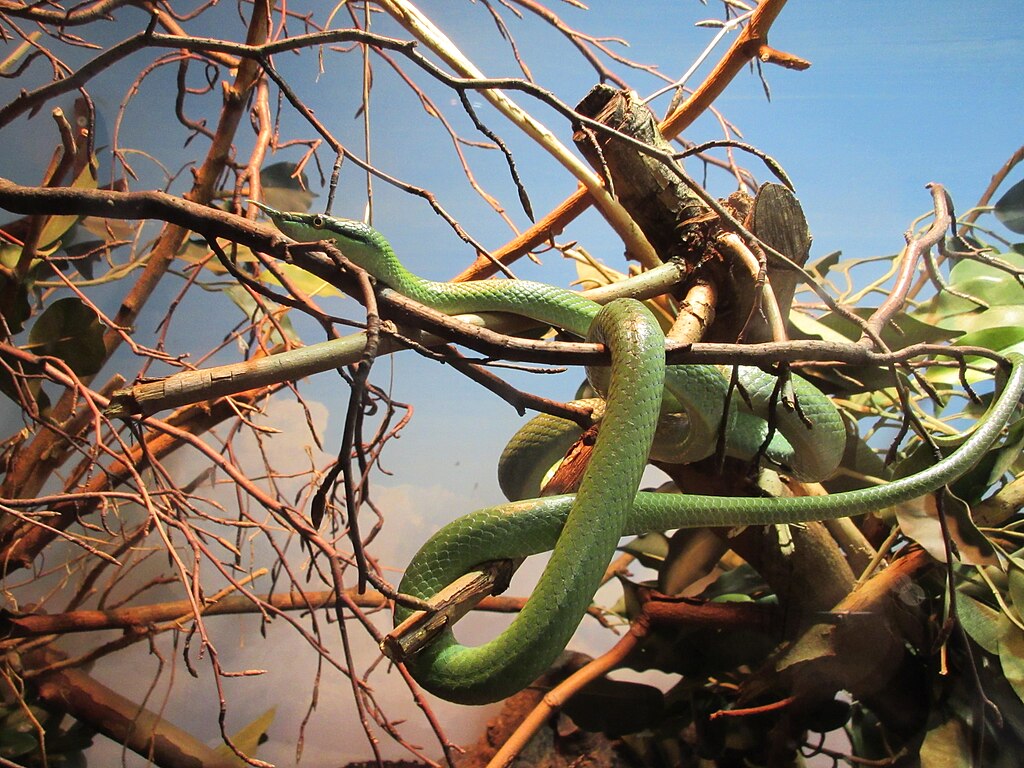
The unique adaptations of the Vietnamese long-nosed snake continue to inspire new research questions across multiple scientific disciplines. Evolutionary biologists are particularly interested in identifying the genetic foundations of the mimicry complex, with ongoing genomic studies attempting to isolate the specific gene regions responsible for the elongated snout and associated behaviors. Comparative studies examining potential mimicry in closely related species may help reconstruct the evolutionary pathway that led to this specialized adaptation. Neurobiologists have proposed investigations into the sensory mechanisms that allow the snake to maintain its rigid postures without the proprioceptive feedback that would typically trigger movement. Conservation biologists are developing research programs to establish population baselines and monitor trends across the species’ fragmented range, with particular emphasis on identifying critical habitat corridors that might allow genetic exchange between isolated populations. Perhaps most intriguing are proposed studies using advanced biomimetic principles to understand how the snake’s specialized muscle control might inform designs for flexible robotics and prosthetics. These diverse research directions highlight how a single specialized species can contribute to scientific advancement across multiple fields while underscoring the importance of preserving such evolutionary marvels.
Conclusion
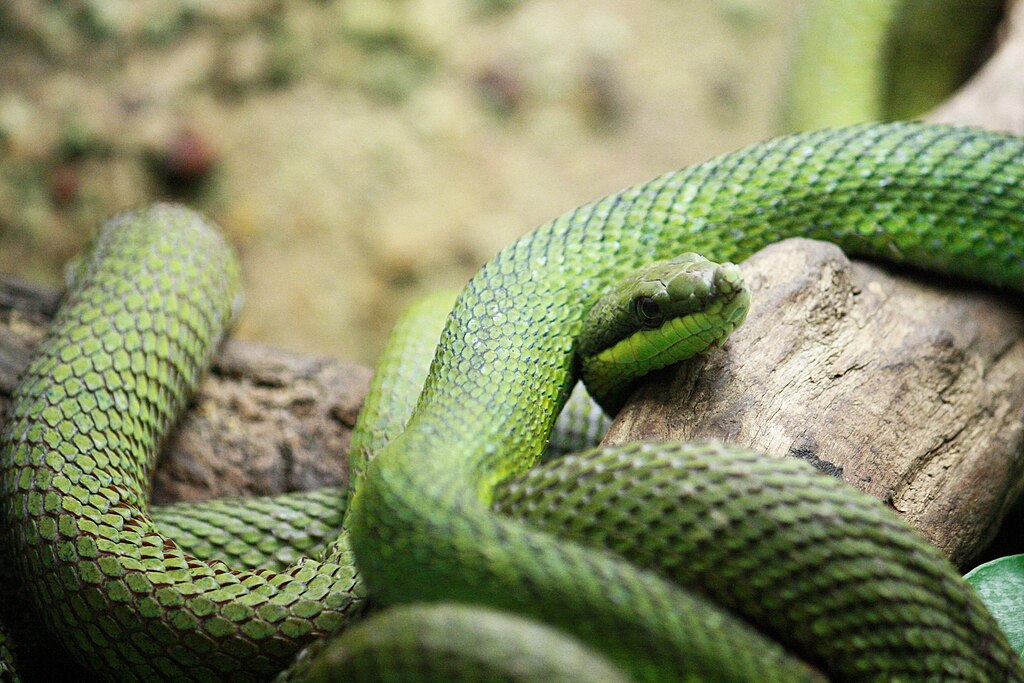
The Vietnamese long-nosed snake represents one of nature’s most sophisticated examples of evolutionary adaptation through mimicry. By developing the ability to convincingly resemble a stick insect through a combination of specialized morphology and remarkable behavioral control, this species has carved out a unique ecological niche that balances predatory success with predator avoidance. As forest habitats throughout Southeast Asia continue to face mounting pressures from human activities, preserving this specialized species becomes not just a conservation priority but an opportunity to protect a living example of evolution’s creative potential. The snake that mimics a stick insect while motionless reminds us that in the natural world, survival often depends not on strength or speed, but on the power of illusion and the endless capacity of life to adapt in unexpected ways.

